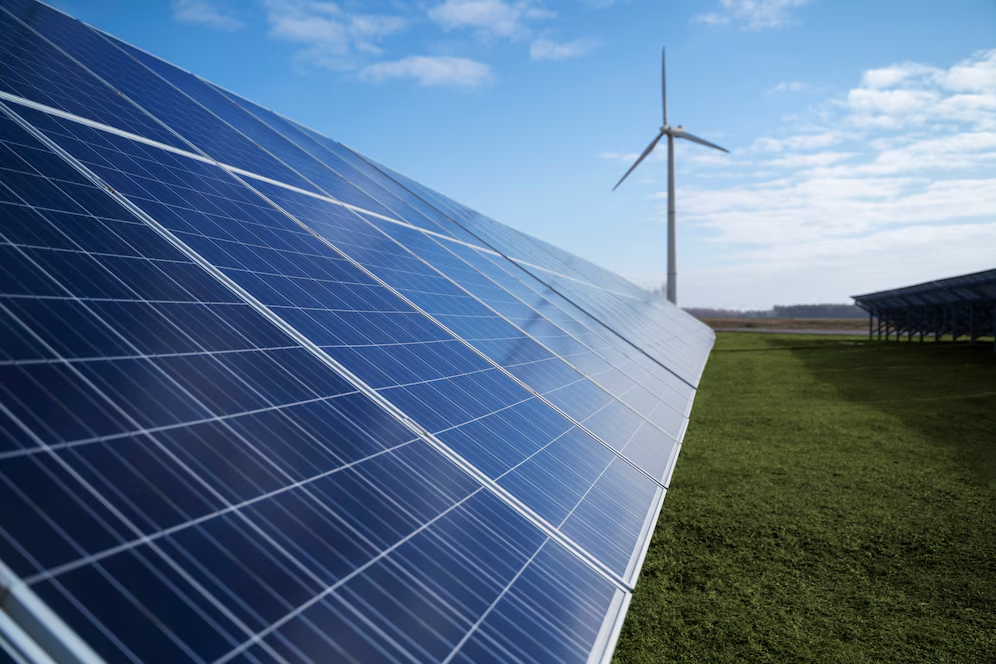India overtook Japan to become world's 3rd largest solar power generator
The report by global energy think tank Ember said solar produced a record 5.5 per cent of global electricity in 2023
PTI
New Delhi, 8 May
Rapid solar energy deployment in India pushed the country
past Japan to become the world's third-largest solar power generator in 2023,
according to a new report.
The report by global energy think tank Ember said solar
produced a record 5.5 per cent of global electricity in 2023. In line with the
global trend, India generated 5.8 per cent of its electricity from solar last
year.
Strong growth in wind and solar drove the share of
renewables in the global electricity mix above 30 per cent and total clean
generation (nuclear included) to almost 40 per cent, as reported in Ember's
"Global Electricity Review".
As a result, the carbon intensity of the world's electricity
reached a new record low, 12 per cent lower than its peak in 2007. Ember said
renewable generation growth could have been even higher in 2023, but hydropower
generation reached a five-year low amid droughts in China and other parts of
the world.
Ember's Asia Programme director Aditya Lolla said,
"Increasing clean electricity is not just for reducing carbon emissions in
the power sector. It is also needed to meet the rising electricity demand in an
increasingly electrified economy and to decouple economic growth from
emissions, which is crucial for tackling climate change."
Solar maintained its status as the world's fastest-growing
electricity source for the 19th consecutive year, adding more than twice as
much new electricity worldwide as coal in 2023.
India saw the world's fourth-largest increase in solar
generation in 2023 (+18 terawatt hour or TWh), behind China (+156 TWh), the
United States (+33 TWh) and Brazil (+22 TWh). Together, the top four solar
growth countries accounted for 75 per cent of growth in 2023.
Ember said the global solar generation in 2023 was more than
six times larger than in 2015. Solar's contribution to electricity generation
in India increased from 0.5 per cent in 2015 to 5.8 per cent in 2023.
According to the International Energy Agency's (IEA)
"Net Zero Emissions" scenario, solar would increase to 22 per cent of
global electricity generation by 2030. With electricity generation accounting
for nearly half of India's annual carbon dioxide emissions (1.18 gigatonnes in
2023), accelerating the transition to cleaner generation sources is imperative
for the country to meet both its developmental and climate goals.
As part of its national plan to fight climate change, India
has committed to achieving 50 per cent cumulative electric power installed
capacity from non-fossil fuel-based energy resources by 2030. At the United
Nations COP28 climate change conference in December last year, world leaders
arrived at a historic agreement to triple the global renewable energy capacity
by 2030.
The IEA says tripling the global RE capacity and doubling
energy efficiency are crucial to limiting the average temperature rise to 1.5
degrees Celsius, a political target set in 2015 to prevent further worsening of
climate impacts. India is one of the few countries planning to triple renewable
capacity by 2030. According to Ember's analysis, annual capacity additions need
to significantly increase for India to meet this capacity target.
Leave a Reply
Your email address will not be published. Required fields are marked *










.png)
.png)

.png)




.png)
.png)
